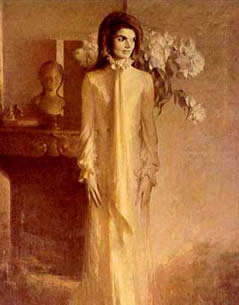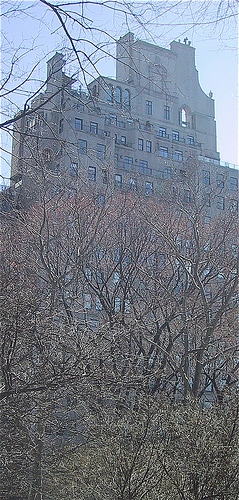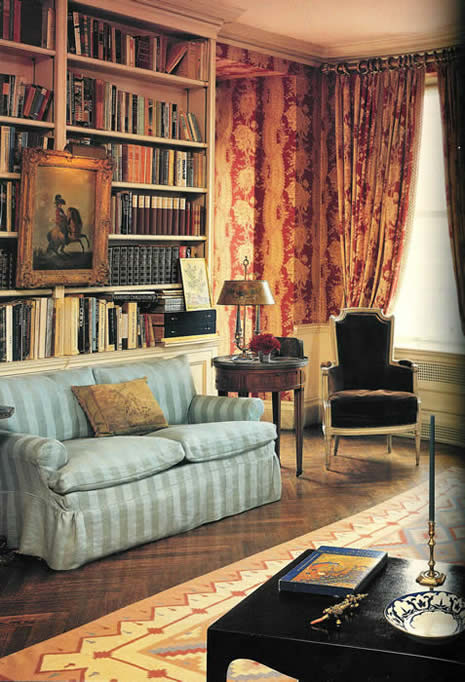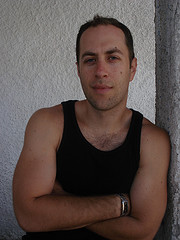 I found an old cassette tape of mine. It has songs, in bits and in full, that I recorded from New York radio, probably in July 1986. It is like a time machine!
I found an old cassette tape of mine. It has songs, in bits and in full, that I recorded from New York radio, probably in July 1986. It is like a time machine!
Because it is an old tape I am afraid it could mess up at any time. So while I can still hear it, I made a list of the songs that are on it. See below. Where I did not know the artist I put “Unknown”. Where I did not know the song title, I put some of the words of the song in italics between ellipses (…). Release dates, when known, are in parentheses.
Some songs have a picture above them. Those are the ones I could find on YouTube. Click on the picture and you can hear it on YouTube (or maybe even on this blog).
Side A:
Starpoint: Restless (1985)
Bob Marley: Waiting in Vain (1977)
Prince: ... much too hard to be cool … a hundred miles an hour babe …
The Firm: Radioactive (1985)
Creedence Clearwater Revival: I Heard it Through the Grapevine (1970)
Shirley Jones: Do You Get Enough Love?
Supremes: Baby Love (1964)
Patti Labelle & Michael McDonald: On My Own (March 1986)
Fat Boys: Sex Machine
Little Steven: Forever
The Doors: Don’t You Love Her Madly? (1971)
Peter Gabriel: Sledgehammer (April 1986)
Five Star: Can’t Wait Another Minute (April 1986)
Sister Carol: .. galaxy … earth rotate around me …
Irene Cara: Flashdance … What a Feeling (1983)
Janet Jackson: What Have You Done For Me Lately? (January 1986)
Grandmaster Flash: … raggety worms out your big mouth … ’cause we got style … we’re giving you a blast of class …
Unknown: … dress to impress ’cause I got it like that … rock the mic …
Unknown: … I’m Shante .. I get a glimpse of that face, turn around she’s gone … I would swim the deepest ocean so she could be mine …
Side B:
Whitney Houston & Jermaine Jackson: If You Say My Eyes Are Beautiful (1986)
Harold Melvin & the Blue Notes: The Love I Lost (1973)
The Pretenders: Kid (1979)
Vikki Love with Nuance: Sing Dance Rap Romance (1985)
Schooly D: P.S.K. What Does It Mean? (1985)
Unknown: ... yes yes he is rockin’ it … crossfader …
Unknown: … take me in your arms … I love the way that she talks, it goes so good with the way that she walks … she is so pleasingly fine … caught up in the wonder of her love …
Unknown: … dancin’, if you want to feel good … keep your body shakin’ …
Sister Carol: … pure laughter … entertainer …
The Real Roxanne: Bang Zoom (1986)
Bruce Springsteen: Born in the USA (1984)
Fresh Gordon: Gordy’s Groove (1985)
Boogie Boys: A Fly Girl (1985)
The Cure: In Between Days (1985)
Angela Bofill: People Make the World Go Round (1979)
Joan Jett: Bad Reputation (1981)
Three of these songs reached their height in July 1986: “Sledgehammer”, “Bang Zoom” and “On My Own”. So I think that is when I recorded the tape. So far as I know none of the songs are newer than that.
Before I knew it was Angela Bofill singing “People Make the World Go Round”, she sounded to me like some female singer from New York – which she is!
See also:



















![The Real Roxanne - Bang Zoom (Lets Go Go) [totp2] video](https://i0.wp.com/i1.ytimg.com/vi/HwDTfsR6Y3w/default.jpg)


































